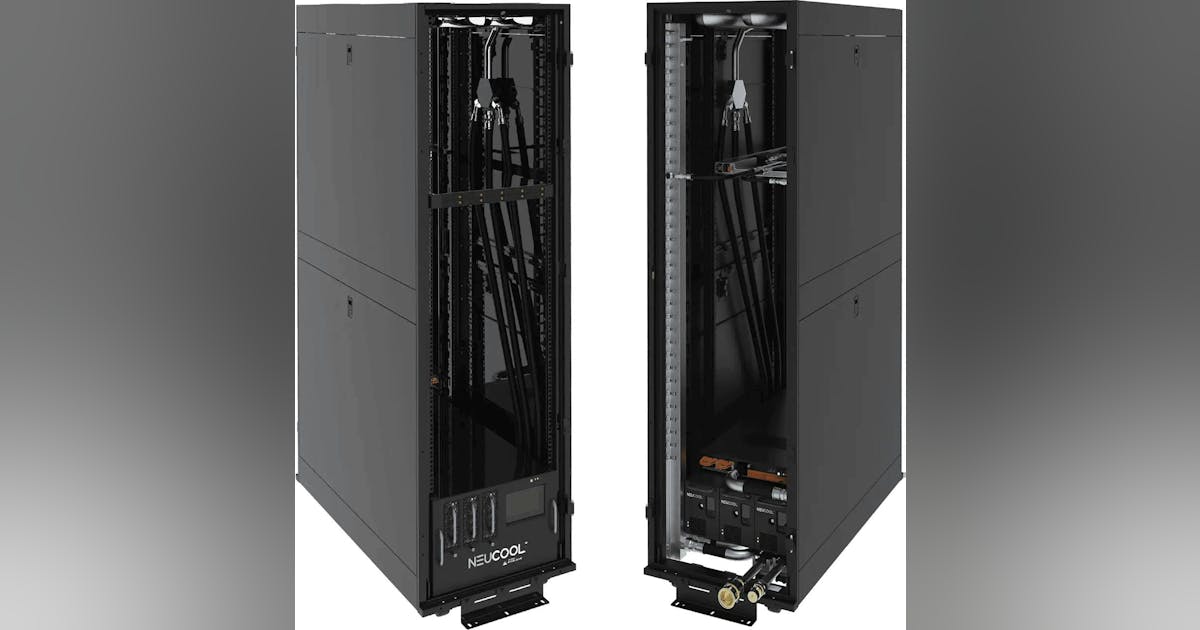
In a Skandinaviska Enskilda Banken AB (SEB) report sent to Rigzone on Wednesday by the SEB team, Ole R. Hvalbye, a commodities analyst at the company, highlighted that Brent “crashe[d]… to [a] four year low”.
“Since markets opened yesterday, Brent crude prices have tumbled another $4 per barrel, falling from already depressed levels to the current $60.9 per barrel – marking the lowest level in over four years (since early February 2021),” Hvalbye noted in the report.
“Unsurprisingly, tariffs continue to dominate headlines. The U.S. president’s ‘reciprocal’ tariffs on trading partners, most notably a 104 percent levy on Chinese goods, came into effect today,” he added.
“The increasingly aggressive trade agenda is sapping risk appetite, with oil, broader commodities, and equities all taking a hit,” Hvalbye pointed out.
In the report, Hvalbye warned that, with no signs of immediate de-escalation, risks remain firmly skewed to the downside.
“Fears of weaker global oil demand, combined with the OPEC+ decision to loosen output more quickly than expected, have created a toxic cocktail fueling concerns of an oversupplied oil market,” he said.
Hvalbye also highlighted in the report that West Texas Intermediate crude fell to $56.7 per barrel this morning. The analyst warned in the report that these are “levels that threaten the profitability of several U.S. shale oil fields”.
“According to BNEF, many producers require prices well above $50 per barrel to break even,” he said in the report.
“In this environment, some shale players may soon have to ignore the president’s familiar call to ‘drill, baby, drill’ as margins are severely compressed. If WTI remains in the low $50s, a slowdown in U.S. oil production further out on the curve is increasingly likely,” he added.
Hvalbye also highlighted in the report that American Petroleum Institute (API) data released last night showed a one million barrel draw in U.S. crude inventories, “contrasting with the Bloomberg consensus of a 1.7 million barrel build”.
“While this draw is somewhat counter-seasonal, and would normally be a bullish signal, it’s currently being overshadowed by broader macro headwinds and fading market sensitivity to traditional data points,” he added.
Hvalbye went on to note in the report that one potential bullish wildcard is the U.S. potentially taking more aggressive action against Iranian oil exports as prices drop.
“With geopolitical tensions in the Middle East still simmering, any escalation or disruption in Iranian flows could quickly drive oil prices significantly higher,” he said.
“Still, the U.S. administration is also keen to keep prices down for consumers, which makes the timing and scale of any U.S. interference a delicate balancing act worth having on the radar,” he added.
In a market analysis sent to Rigzone today, Dilin Wu, Research Strategist at Pepperstone, noted that WTI crude futures have fallen for seven consecutive trading days, “dropping more than 20 percent from the April peak”.
“Recession fears are playing a key role in the oil selloff, especially with the U.S. pushing ahead with a 104 percent tariff on Chinese goods and Beijing showing no signs of compromise,” Wu said in the analysis.
“That raises serious concerns about global demand,” Wu warned.
In the analysis, Wu stated that, for China, the tariffs could significantly drag down exports and industrial output, which Wu pointed out are “two key engines of growth”.
“We’re likely to see softer oil demand as a result,” Wu said.
“At the same time, the 104 percent tariff could push U.S. inflation back toward four percent, even before other new tariffs are factored in. That would raise the odds of a deeper recession in the U.S. as well,” Wu added.
Wu went on to state that OPEC+’s plan to ramp up production from May has only added to the pressure.
“The 411,000 barrel per day hike is three times the size of its earlier monthly targets and aligns with Trump’s push to lower oil prices via fossil fuel supply,” Wu said in the analysis.
“It’s shaping up to be a battle for market share between OPEC+ and the U.S., regardless of where prices go,” Wu noted.
“That said, short positioning is already heavily stretched, so the market could snap back on any signs of de-escalation,” Wu continued.
“I’ll be watching U.S.-China talks closely – any breakthrough could be a key catalyst. On the flip side, if trade tensions worsen, oil prices may have further to fall,” the research strategist warned.
Rigzone has contacted the White House, the State Council of the People’s Republic of China, and OPEC for comment on SEB’s report and Wu’s analysis. Rigzone has also contacted the API and the Iranian ministry of foreign affairs for comment on SEB’s report. At the time of writing, none of the above have responded to Rigzone.
To contact the author, email [email protected]




















